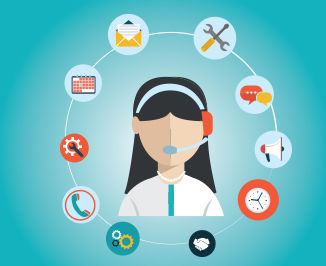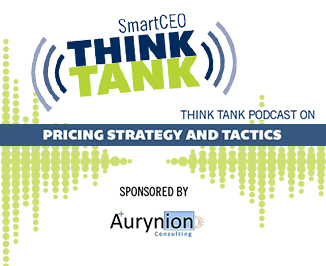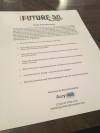Remote Project Management
and Execution sets a path to innovation

With the recent shift to increased remote working, project management teams faced significant adjustments to get the work done efficiently and with the usual high quality. While the benefits of remote working are quite clear, managing remote project teams comes with its own set of challenges. Though, when the right structure, technologies, and processes are in place, organizations have a great opportunity to fast adapt the work model and thrive further.
Remote working has been a relevant topic explored by organizations for a while; however, at scale, as forced by the recent events, is unusual and will affect organizations for many years. When remote working is appropriately done, it can increase productivity, innovation and help the organization embrace even a more efficient project execution approach. If it is done poorly, it raises inefficiencies, harms work relationships, and discourages employees. So there is a lot at stake!
How can remote project management be successful?Effective Project Management is one of the biggest challenges when it comes to remote teams. Managing the implementation of complex projects involving multiple locations, workstreams, and teams can be exciting, requiring exceptional coordination and skill. Remote project management also brings a unique set of challenges. Without regular status meetings or meetings at work, which most teams perform daily in the office, project transparency naturally decreases, and complexity in the overall project execution increases.
Successful remote project implementation requires a practical framework using adequate technologies, establishing clear goals, providing team members autonomy, and delivering progress. While the project necessities will vary for each company, project scope, and team, having a consistent approach will enable companies to deliver high-quality projects on time, within budget successfully.
What should you have on top of your mind when working on remote project management strategies?Working with remote project management strategies, no matter what methodology is chosen, it is vital to keep the following components on top of mind:
- Creating shared objectives based on project specifics
- Scoping out and prioritizing project specifics is crucial
- Establishing effective project kickoff calls
- Soften the chaos of remote project tasks
- Prioritize to build remote teams with clear and effective communication at all levels
- Achieve early timelines and deadlines for project milestones
- Track every significant task and deadline in a central tool
- Keep teammates accountable with quick status updates
- Document every decision
- Manage budget properly and mitigate risks early
- Systematically provide team engagement
- Praise achievements and project progress
- Keep the lines of communication open

Over the years, our experience demonstrated that keeping this on the top of your mind will help manage any remote project successfully and increase your team’s ability and momentum to correct course faster when necessary.
In a nutshell:- Remote work differs from regular office work. In remote work, teams will need clarity and freedom to work when it’s best for everyone
- Having a strong project management structure will help team members develop the right habits and create alignment and accountability through trivial status updates
- Remote work embedded in micromanagement and control will fail – balance supervision with trustworthiness
- Develop clear and obvious governance on project documentation and share information openly. Keep all communication integrated, where cross-functional teams can collaborateSoften the chaos of remote project tasks
- Allow your team to embrace change always and be inspired by doing so

With the right technologies, tools, and processes in place, remote project work will consistently deliver real and valuable outcomes.
Team members will thrive in an environment that promotes adaptability, confidence, and autonomy.
Our team is regularly utilizing these methodologies and techniques for remote project management success, and it is an incredible journey.
Hopefully, this Article can inspire other organizations and managers to build a remote project that fits their culture.


 Best practices delivered:
Best practices delivered:


 Best Practices:
Best Practices:

 Impact:
Impact:
 Best practices:
Best practices:

 Our Methodology:
Our Methodology:
 Impact:
Impact:























